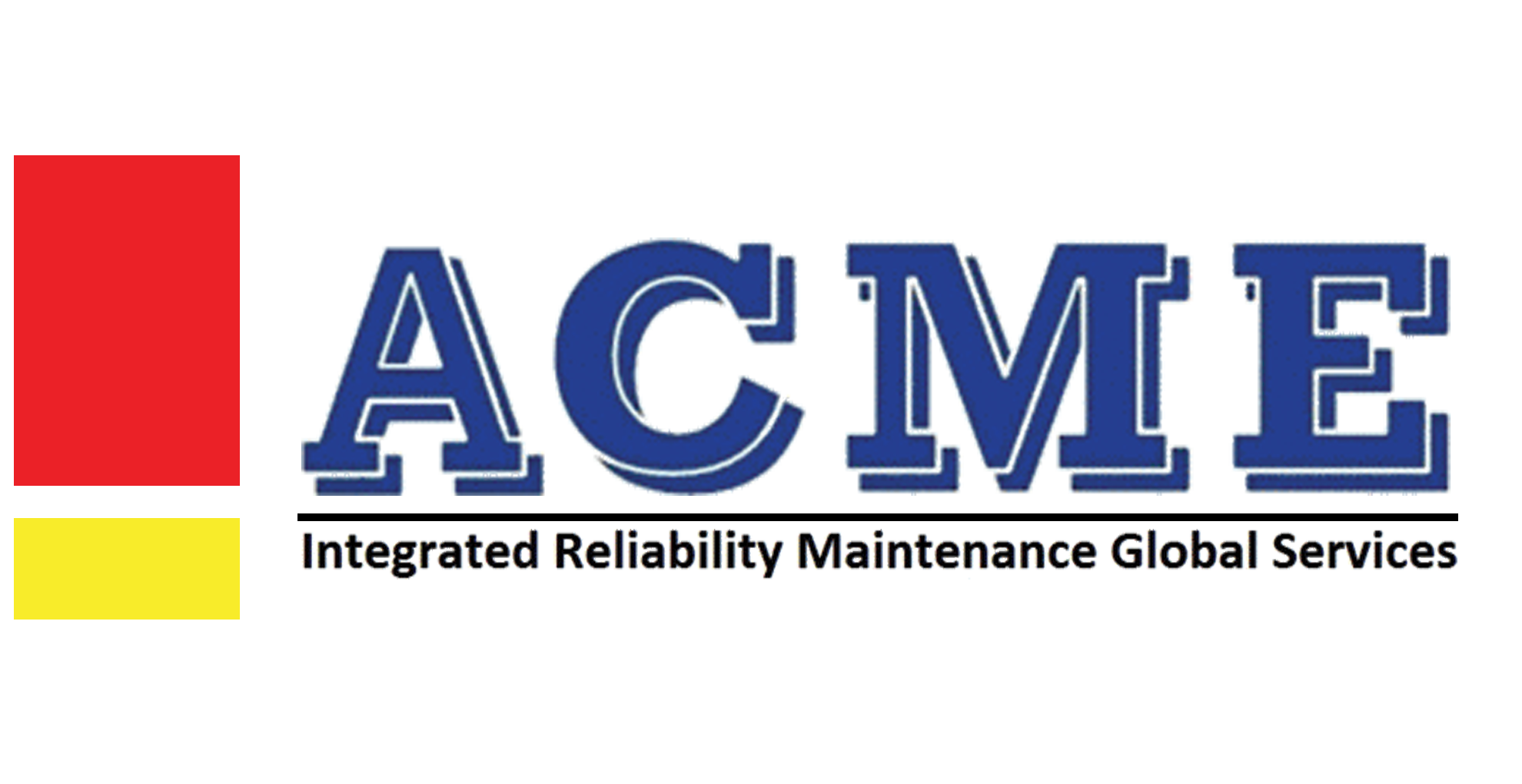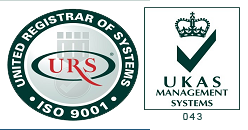Non-Destructive Testing (NDT) is the process of inspecting, testing, or evaluating materials, components or assemblies for discontinuities, or differences in characteristics without destroying the serviceability of the part or system. In other words, when the inspection or test is completed the part can still be used.
Under NDT we provide the following services:
- Infrared Thermal Imaging (Thermography)
- Dye Penetrant Inspection
- Radiography
- Brinell Hardness Testing
- Boroscopy
- Magnetic Particle Testing
- Ultrasonic Testing
- Leak Detection
- Slow Speed Bearing Monitoring
- Electric Discharge
- Flaw Detection
- Flow Measurement
Infrared Thermal Imaging (Thermography) :
It is the remote Condition Monitoring technique that locates these surface temperatures abnormalities, and defines their characteristics for use in Preventive Maintenance in your plant.
Dye Penetrant Inspection :
It is a method that is used to reveal surface breaking flaws by bleed out of a coloured or fluorescent dye from the flaw. The technique is based on the ability of a liquid to be drawn into a "clean" surface breaking flaw by capillary action. After a period of time called the "dwell," excess surface penetrant is removed and a developer applied. This acts as a blotter. It draws the penetrant from the flaw to reveal its presence.
Radiography :
It is used to detect discontinuities within the internal structure of welds. The obvious advantage of both these methods of testing is their ability to help establish the weld's internal integrity without destroying the welded component.
Brinell Hardness Testing :
The Brinell hardness test is an indentation hardness test that can provide useful information about metallic materials. This information may correlate to tensile strength, wear resistance, ductility, or other physical characteristics of metallic materials, and may be useful in quality control and selection of materials.
Boroscopy :
It is the inspection of piping internal surface and weld joints. It is the current pharmaceutical industry practice to use boroscope for documentation of orbital welding joints for inspection.
Magnetic Particle Inspection (MPI) :
MPI uses magnetic fields and small magnetic particles (i.e. iron filings) to detect flaws in components. The only requirement from an inspectability standpoint is that the component being inspected must be made of a ferromagnetic material such as iron, nickel, cobalt, or some of their alloys. Ferromagnetic materials are materials that can be magnetized to a level that will allow the inspection to be effective.
Ultrasonic Testing (UT) :
It uses high frequency sound energy to conduct examinations and make measurements. Ultrasonic inspection can be used for flaw detection/evaluation, dimensional measurements, material characterization, and more. To illustrate the general inspection principle
Today modern Non-Destructive Testing are used in manufacturing, fabrication and in-service inspections to ensure product integrity and reliability, to control manufacturing processes, lower production costs and to maintain a uniform quality level. During construction, NDT is used to ensure the quality of materials and joining processes during the fabrication and erection phases, and in-service NDT inspections are used to ensure that the products in use continue to have the integrity necessary to ensure their usefulness and the safety of the public.


